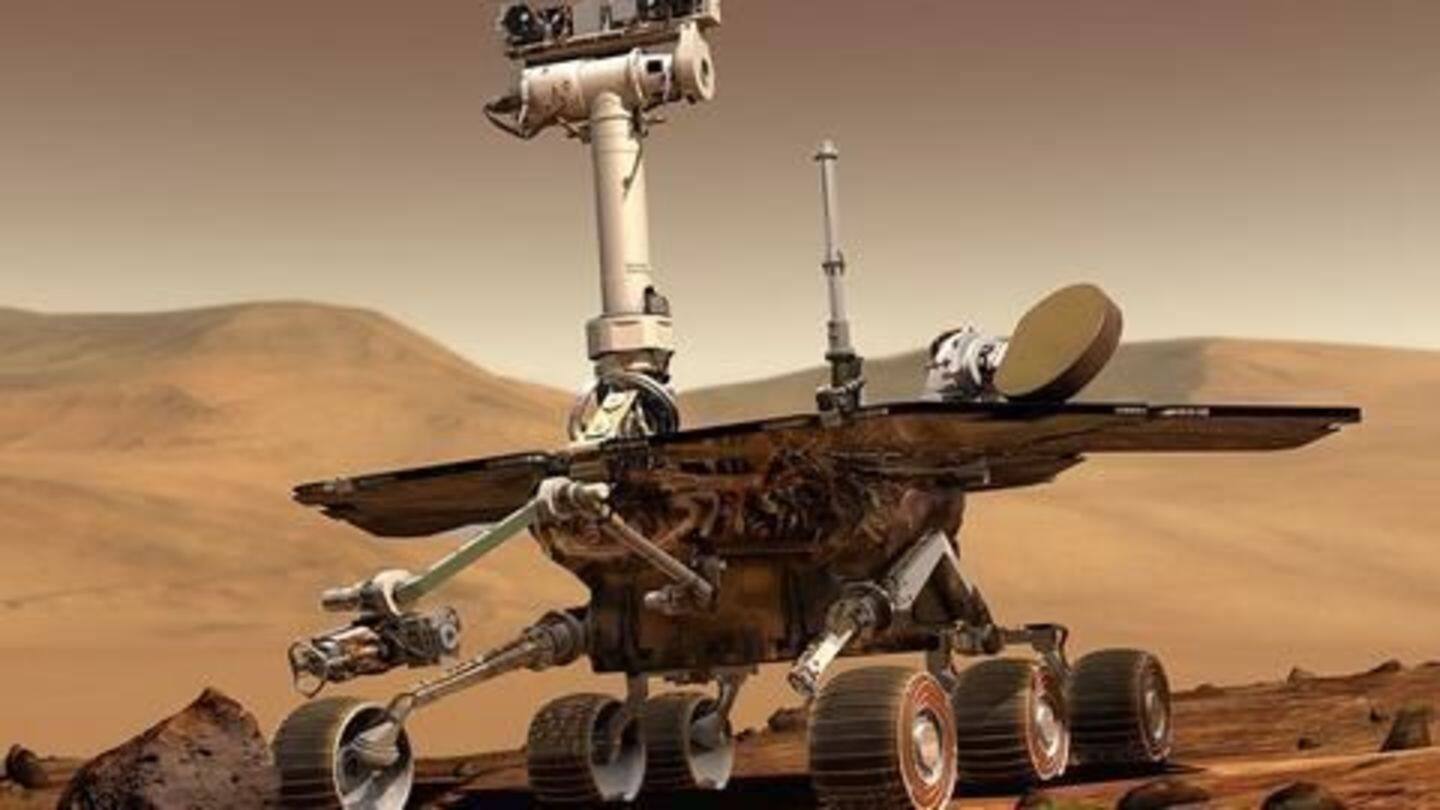
NASA's tests show life could be possible on Mars
What's the story
Throughout February, NASA's ARADS team tested tools designed to find life on Mars in Atacama Desert, the driest area on Earth. Extreme UV radiation in this desert makes the living conditions here similar to that of Mars. Despite the lack of water, scientists have found a treasure trove of living organisms here including spiders on the land and bacteria thriving underground.
Information
Atacama Desert - Mars on Earth
This desert is a plateau located in the west of Andes Mountains in Chile. Known for its harsh climate, extreme heat and no significant rainfall, Atacama is a chosen ground for NASA experiments. The topography is close to that of Mars.
Details
NASA's mission at Atacama Desert
Scientists used a practice rover, KREX-2 to carry a drill and robotic sample transfer arm in Atacama Desert. Similar technologies are to be used in Mars before a rover is sent to the planet for the Mars 2020 Mission. Atacama Rover Astrobiology Drilling Studies (ARADS) team successfully found bacteria far beneath the surface of earth making it a groundbreaking discovery.
Information
The life-hunting tools used by NASA
The tools used by NASA are - the Wet Chemistry Laboratory and Signs of Life Detector that used biochemical methods and was similar to what diabetes patients use to test blood glucose; and the Microfluidic Life Analyzer that uses small liquid samples to isolate amino-acids.
Possibility?
Life on Mars in future
The combination of the drill, the rover and robotic arm synced perfectly. However, the tests aren't done yet. Until 2019, similar tests will be performed sporadically before the 2020 Mars Mission. Therefore, further tests on Earth may finally enable humans to venture into Mars by mid-2030s.